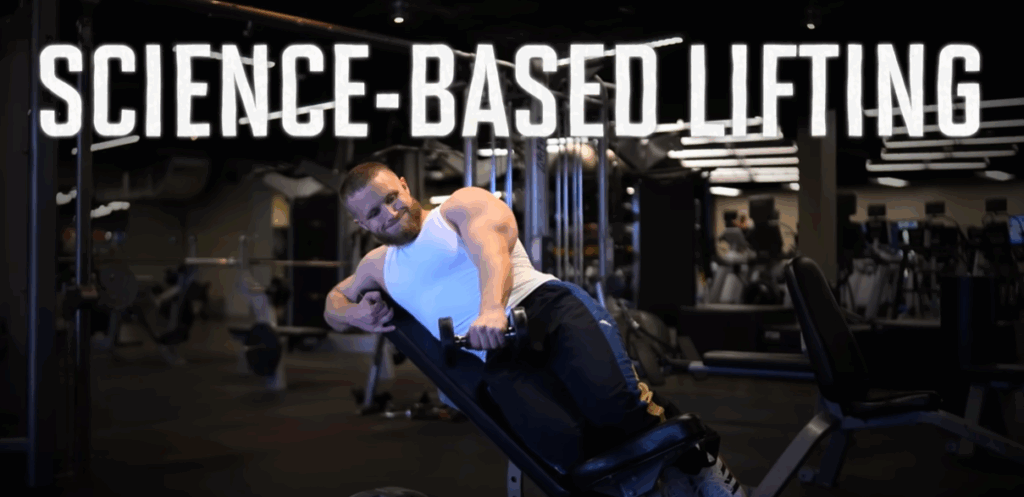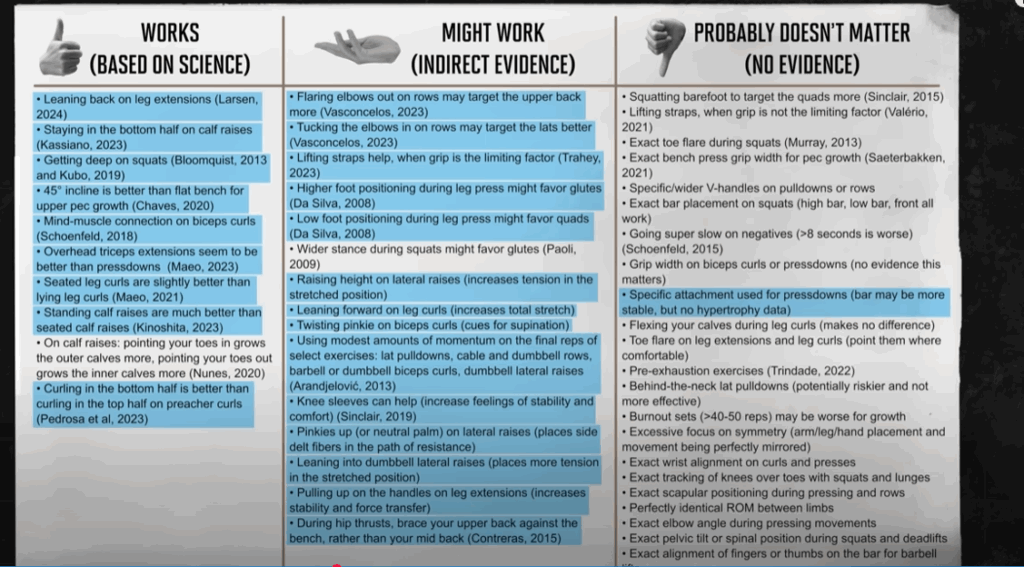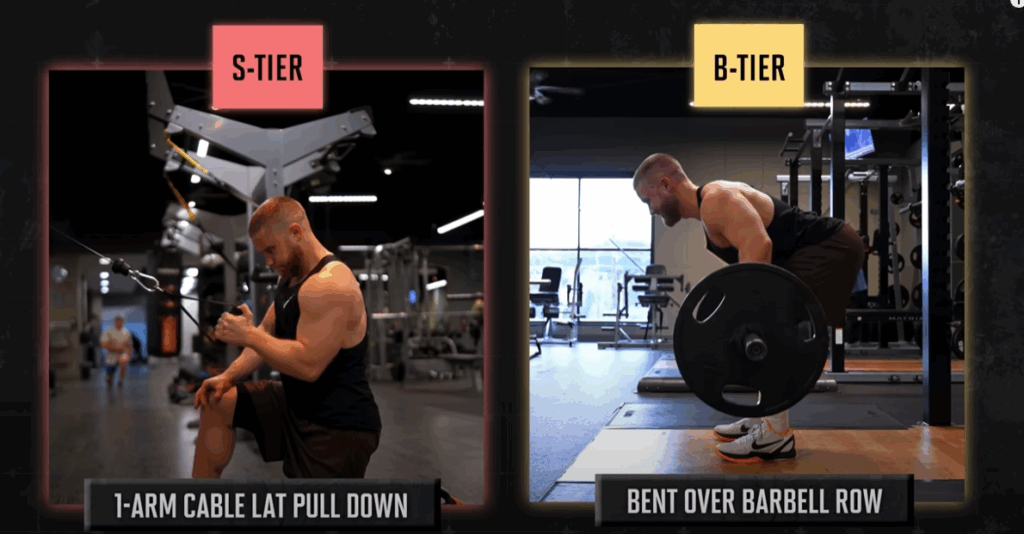Is Science-Based Training Really the Gold Standard for Muscle Growth?
In the modern world of fitness, a new wave of lifters has emerged — ones who meticulously track their sets, log every rep, and choose exercises not based on tradition, but on the latest research. This approach is often called “science-based lifting.” While it’s widely praised in fitness circles, some critics argue it’s overhyped, overcomplicated, and overrated.
As someone who’s spent more than two decades helping clients build muscle and improve performance, I believe it’s time to cut through the noise. Let’s examine which parts of science-backed training truly matter, which ones are misunderstood, and how to apply them effectively without overthinking your routine.

The Truth About Tempo and Slow Negatives
One of the most widely accepted beliefs in science-oriented training is the idea that slower negatives—or the eccentric portion of the lift—lead to more muscle growth. On paper, this sounds logical. After all, time under tension plays a role in hypertrophy.
But multiple studies suggest otherwise. Whether you lower the weight in one second or four, muscle growth appears to be about the same — provided the load is challenging and the movement is controlled. If you’re dropping the bar with no control, that’s a problem. But if your negative takes 1–3 seconds, you’re well within the “effective range.”
That said, there’s merit in slowing things down for beginners or lifters struggling with mind-muscle connection. A slightly slower eccentric can improve form, minimize injury risk, and allow for better concentration on target muscles. But from a pure hypertrophy standpoint? There’s no magical benefit to dragging out the negative.
Debunking the Obsession with Exercise “Tweaks”
Social media is flooded with biomechanical hacks, movement “optimizations,” and angle-specific modifications — often labeled as “evidence-based.” Some influencers claim that unless your elbow is pointed at 45 degrees or your wrist is supinated during curls, you’re leaving gains on the table.
While some modifications are supported by indirect evidence or EMG data (electromyography), most of these tweaks have a negligible impact for the average lifter. Yes, adjusting seat height on a leg extension can increase quad tension. Yes, using a high cable position for lateral raises might slightly bias the delts. But none of these techniques will replace the basics: training close to failure, staying consistent, and doing enough weekly volume.
If you enjoy using tweaks to refine your form or feel the muscle more, great. Just don’t expect them to outperform hard work and progressive overload.

Perfect Technique vs. Effective Technique
Science-based training is often equated with textbook-perfect technique. But is flawless form always superior?
The reality is more nuanced. While certain biomechanical guidelines — like maintaining a neutral spine on squats or aligning the bar path — are critical for safety, others are more flexible. For instance, some lifters may squat deeper or flare their elbows differently based on limb length, flexibility, or strength level.
Moreover, research hasn’t definitively proven that strict form is superior for hypertrophy. In fact, a little “form breakdown” during the final reps of a challenging set may be part of effective training — not something to avoid at all costs. If you’re grinding out the last few reps with control, slight deviations in technique can be acceptable and may even signal true muscular fatigue.
Is There a “Perfect” Exercise for Muscle Growth?
The fitness industry loves to rank exercises — but do certain lifts genuinely grow muscle better than others?
Here’s the truth: most hypertrophy research doesn’t compare specific exercises in a meaningful way. We don’t have studies showing that a barbell row grows your back more than a one-arm cable pulldown. Most of our knowledge comes from indirect sources like EMG studies, biomechanics, and practical coaching experience.
What we do know is that compound movements like squats, rows, and presses are incredibly efficient. They target multiple muscles and allow you to lift heavy, making them great choices for foundational strength and mass. Isolation exercises, on the other hand, can add volume without much fatigue — perfect for bringing up lagging body parts.
Rather than seeking the “optimal” movement, focus on choosing a mix of big compound lifts and intelligent accessories that match your goals, preferences, and structure.

Training Harder > Training Smarter?
When it comes to maximizing muscle growth, one factor trumps all others: intensity.
A recent meta-analysis combining over a dozen studies showed that proximity to failure has a direct correlation with muscle gains. Simply put, if you’re stopping your sets far from muscular failure, you’re likely shortchanging your progress.
That doesn’t mean you need to go to absolute failure on every set. In fact, stopping 1–2 reps shy of failure is often ideal — hard enough to stimulate growth, but not so hard that recovery becomes an issue. Still, many lifters think they’re training near failure when they’re really five reps away. That’s a big problem.
To play it safe, I recommend pushing your final working set to true failure — especially on safe exercises like machine work or cables. That ensures you’re not leaving results on the table.
Volume: The Unsung Hero of Hypertrophy
How much training volume you do — defined as hard sets per muscle per week — is another pillar of muscle growth. The more sets you perform (to a point), the greater your potential for hypertrophy.
Recent data suggests that up to 30 or even 40 sets per week can lead to increased growth, but only if you’re recovering properly. For most people, the sweet spot lies between 10–20 hard sets per muscle per week.
If you’re targeting a lagging area, you can temporarily bump up volume for that muscle, provided you reduce training load elsewhere. And remember: if your schedule doesn’t allow for high volume, research shows that even 4–5 sets per week can drive gains, so long as you train them intensely.
Wrapping It All Up: Smart, Not Perfect
Science-based lifting has its strengths. It encourages people to think critically about their training, use effective methods, and avoid harmful myths. But the pendulum can swing too far. The best training program isn’t the one with perfect angles or ultra-precise technique — it’s the one that challenges you, fits your lifestyle, and keeps you coming back.
So, train hard. Track your progress. Learn from science, but don’t be afraid to have some “bro” fun in the gym too. Because at the end of the day, the only bad workout… is the one you didn’t do.



